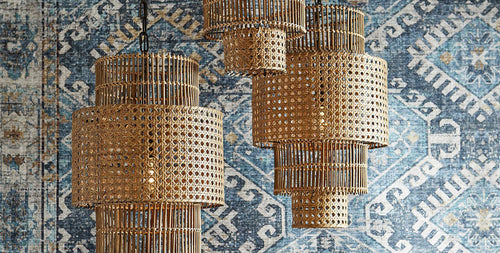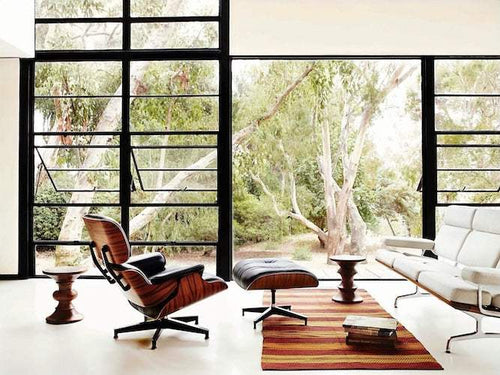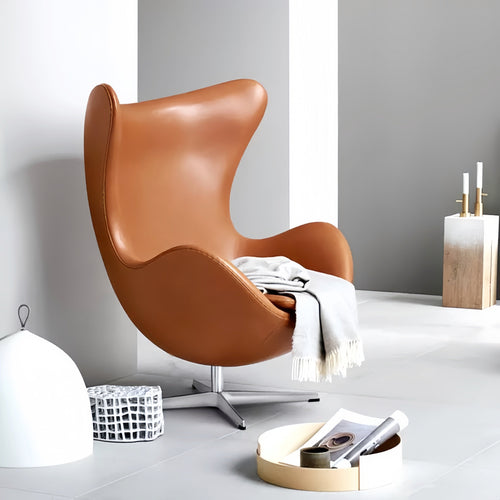LED strip lights are a great way to elevate the aesthetic of your space. However, they can be a bit tricky to install when they're not the exact length you need.
Fortunately, most LED strips are safe to cut at designated cutting points if done properly. These are usually indicated with a scissors logo or cut line on the copper markings.

How to Cut
LED strip lights can be cut to the desired length, making them a practical lighting solution for a variety of installation needs and design choices. However, to ensure consistent illumination and avoid damaging the product, it is important to follow the manufacturer’s guidelines when cutting. In most cases, cut lines along the copper section of the strip, typically marked with a scissor icon or dotted line, indicate the recommended areas for cutting.

Before you can cut your LED light strips, you must disconnect them from the power supply. This step is extremely important, as direct cutting of a strip that is still connected to a power source can be dangerous. Once the strip is disconnected, identify the copper area with a designated cut line and use sharp scissors or a utility knife to make a clean and precise cut. Make sure that you are cutting directly through the copper mark, as this is where electricity passes through and will damage the strip if cut incorrectly.
Once you have cut the strip to the correct length, you can reconnect it by using a 4-pin connector or soldering. Connect the positive wire (red) to the copper dot that has a plus sign and the negative wire to the one with a minus sign.
You should now be able to turn on the controller and see your LED light strip illuminate with a colourful display. If the LED strip is not working, there could be a few reasons for the issue. The most common problem is that the LED strip was not cut correctly, so it is important to follow the guidelines and recommendations provided by the manufacturer.
Alternatively, the issue may be that your strip is not designed to be cut, which can be determined by reading the specifications carefully or getting in touch with the manufacturer. In most cases, specialised LED strip lights with intricate patterns, addressable LEDs, or unique circuit layouts will not have designated cut points as they are intended for specific applications and must be connected to the power source through the manufacturer’s recommended method, usually via connectors or soldering.
How to Reconnect
When you cut LED strips, it's essential to follow the manufacturer's guidelines for reconnecting the strip. This ensures that you'll be able to use the strip as intended. It also helps prevent damage to the strip, which can occur if the strip isn't properly connected. If you're unsure about how to connect your strips, consider consulting a professional electrician.
Whether you're using cut strips to illuminate your stairs, frame a mirror, or create a headboard, the right connections can help them function properly. If you're not sure how to make these connections, consult an expert or practice on a spare piece of strip lighting. Additionally, be sure to use high-quality connectors that are designed for your LED light strip model.
Before connecting your strips, remove the protective film from each end of the strip. This will allow you to see the copper pads underneath. Copper pads are small exposed metal sections that are either round or rectangle-shaped and used for making electrical connections. Be sure to cut the strip precisely on the designated line.
Some LED strip lights have copper dots at regular intervals to indicate cut points. These should be the only places you should cut your strip. Cutting anywhere else may damage the internal wiring and cause the strips to stop working.
You can use a connector to easily reattach a cut strip of LED lights. Locate the cut end and slowly slide it into the connector. Be sure to align the connector's fastening clips correctly. If you prefer to solder your connections, carefully apply heat to the copper pads and melt them together.
After the connector is in place, plug in your power supply and check to make sure the strip is functioning normally. If it isn't, there could be an issue with the polarity of the strip or the way you connected it.
Once you've made the necessary adjustments, your strip should be ready to use. Simply plug the connector into the fastening clips of your strip and turn on your power source to test it. If you're satisfied with the results, you can hang your strip lights and enjoy them for years to come.
How to Use
You can cut smart LED strip lights in order to customise them for your unique space and create a more personalised lighting solution. However, it is important to follow the guidelines set out by the manufacturer and only cut at designated points. This helps to ensure that the strip works correctly and prevents damage to internal wires and circuitry.

Look for a copper section on the strip that has been marked with a cut line or scissor icon. Use scissors to carefully and precisely make your cut at this point, ensuring that you are leaving enough copper for a proper reconnection. If the strip does not have a designated cut area, make sure to exercise extra caution and cut it straight down the middle so that both ends maintain an equal amount of copper.
Once you have cut your strip light to the desired length, it is important to properly close off the exposed end to ensure that no electrical current can escape and cause a fire or injury. The easiest way to do this is by wrapping the end of the strip with electrical tape. This will also help to protect the cut area from water and dust, which can affect its stickiness.

Before installing your strip lights, it is a good idea to test them to ensure that they are working properly. Connect them to a power source and check that all of the LEDs are lit up. This will help to identify any issues before they are permanently installed, which can save you time and money in the long run.
If your LED strips aren’t turning on after cutting them, there may be an issue with the cut or how it was reconnected. In these cases, it is best to contact the manufacturer for further troubleshooting assistance. They will be able to help you determine the cause of the problem and offer a solution. They can also send you a replacement strip if necessary.
FAQ
Whether it’s for aesthetic or functional reasons, many LED strip light users are often wondering if and how they can cut these strips to make them the perfect length. While the answer to this question is generally yes, it’s important that anyone considering doing so carefully follows the specific instructions that came with their product and takes care not to damage any circuitry that could render the lights unusable or unsafe to use.
Most strip lights feature designated cut lines (sometimes marked by a scissor icon) or a pair of copper dots that indicate where you should trim the light strip. These markings are strategically placed to ensure that your strip is able to continue working once you cut it, and cutting the strip anywhere other than these locations can cause it to stop functioning correctly or even fail entirely.
When cutting your strip lights, always make sure that the power is fully disconnected before beginning. You should also double-check your measurements to ensure that you have the correct length before making a cut, and it’s best to make your cuts at a 90° angle in order to prevent damaging any internal circuitry that may occur as a result of an uneven or incorrect cut.
After cutting, it’s important to note that the end of your strip that you haven’t cut will inevitably render itself unusable unless you’ve purchased an additional 4-pin connector to allow you to connect your newly-cut segments together. This can be easily done by using a soldering iron or one of our easy-to-use solderless connectors, but regardless of which method you choose to employ, you’ll need to take care not to damage any circuitry along the way in order to successfully reconnect your strip lights.
Another FAQ that is frequently asked about LED strip lights involves connecting them to light switches, which requires a little bit of expert hardwiring knowledge and experience. If you’re not comfortable with this process, it’s recommended that you consult a professional or use a different type of strip light altogether, as attempting to hardwire your LED strip lights yourself could potentially damage your strips or lead to electrical hazards in your home.



















































